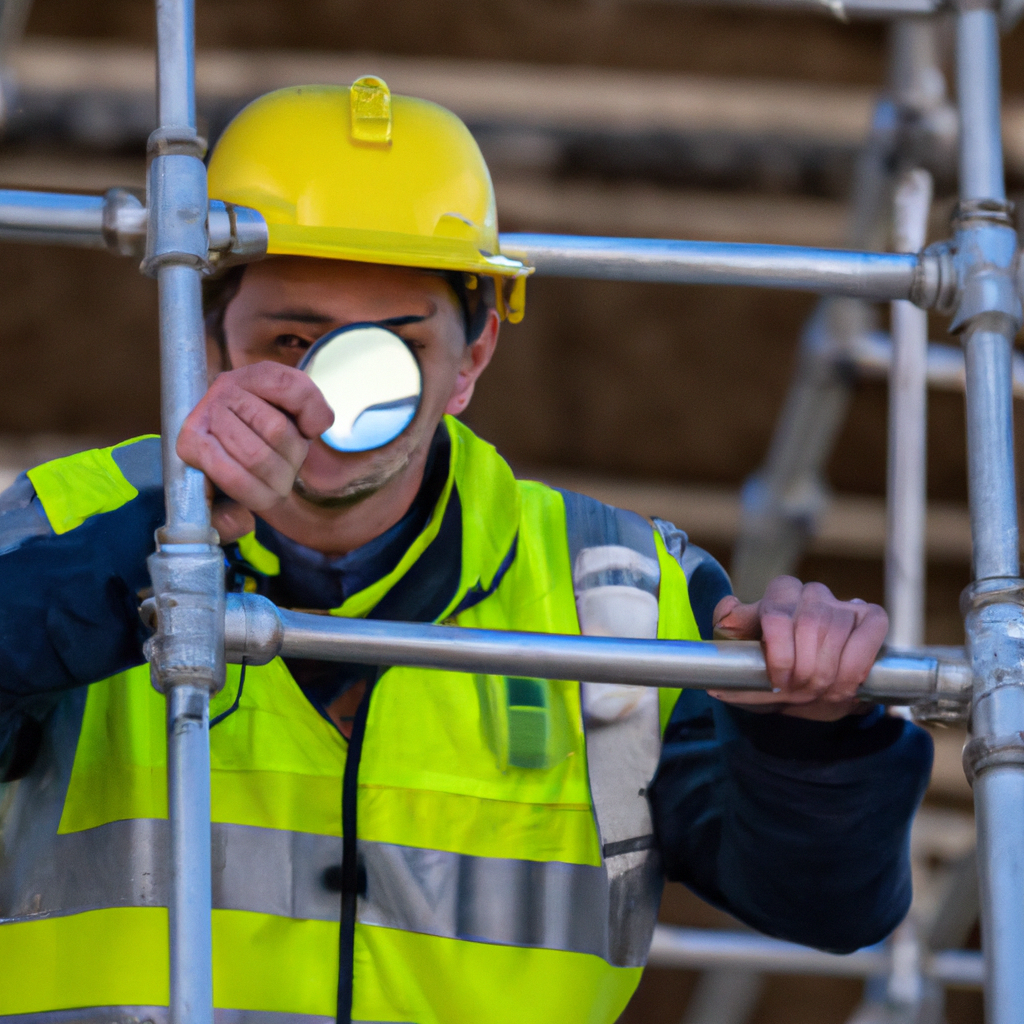
Welcome to our comprehensive guide on scaffold safety hacks. In this article, we will explore the importance of scaffold safety and provide you with practical tips and solutions to identify and fix common maintenance issues. Whether you are a construction professional or a DIY enthusiast, understanding the potential hazards and taking proactive measures to ensure scaffold safety is crucial for the well-being of workers and the success of any project.
Why Scaffold Safety is Important
Scaffold accidents can lead to serious injuries or even fatalities if not properly addressed. By prioritizing scaffold safety, you not only protect the lives of workers but also avoid potential legal and financial consequences. Additionally, a safe working environment enhances productivity and promotes a positive reputation for your organization. Let’s delve into some common maintenance issues and how to address them effectively.
1. Inspecting Scaffold Components
Regular inspections of scaffold components are vital to identify any potential hazards. Start by thoroughly examining the base plates, couplers, braces, and guardrails for any signs of damage or wear. Look for cracks, bent frames, or loose connections. It is crucial to address these issues promptly to prevent accidents.
2. Ensuring Proper Scaffold Assembly
Proper assembly of scaffolds is essential for their stability and safety. Begin by carefully reading and following the manufacturer’s instructions. Ensure that all components are securely connected and that the scaffold is level and plumb. Double-check the braces, guardrails, and toe boards to avoid any instability. Remember to anchor the scaffold to the building or structure for additional support.
3. Adequate Training for Scaffold Users
Providing proper training to scaffold users is a fundamental step in ensuring safety. Educate workers on the correct assembly, disassembly, and use of scaffolds. Train them on how to identify and report maintenance issues promptly. Emphasize the importance of using personal protective equipment (PPE) such as hard hats, harnesses, and non-slip footwear. Regularly reinforce safety protocols through toolbox talks and refresher courses.
4. Addressing Weather Conditions
Weather conditions can significantly impact scaffold safety. High winds, rain, or snow can compromise the stability of the structure. It is crucial to monitor weather forecasts and take appropriate measures to mitigate risks. Consider the use of wind braces and tie-downs for added stability. Ensure that workers are aware of the weather conditions and follow safety guidelines accordingly.
5. Preventing Falls and Slips
Falls and slips are the most common accidents associated with scaffolds. Implementing fall protection measures is essential to prevent such incidents. Install guardrails, mid-rails, and toe boards to create a safe working platform. Encourage workers to wear non-slip footwear and provide them with proper training on how to move safely on scaffolds. Regularly inspect and clean the scaffold surfaces to remove any debris or slippery substances.
6. Regular Maintenance and Repairs
Scaffold maintenance should be an ongoing process to ensure its longevity and safety. Schedule regular inspections and maintenance activities to identify and address issues promptly. This includes checking for loose connections, damaged components, and signs of corrosion. Replace any faulty or worn parts immediately to prevent further damage.
7. Engaging Professional Scaffold Inspectors
Engaging professional scaffold inspectors can provide an added layer of safety assurance. These experts have the knowledge and experience to conduct thorough inspections and identify potential hazards that may go unnoticed. They can also offer valuable insights and recommendations for improvement. Consider partnering with reputable inspection services to ensure the highest level of scaffold safety.
Conclusion
Scaffold safety is a critical aspect of any construction project or maintenance work. By following the tips and hacks mentioned in this guide, you can identify and fix common maintenance issues effectively. Regular inspections, proper assembly, adequate training, and proactive maintenance are key to preventing accidents and ensuring the well-being of workers. Remember, scaffold safety is not just a legal requirement; it is a responsibility that should be prioritized at all times. Stay vigilant, follow the prescribed safety protocols, and create a secure working environment for everyone involved.


